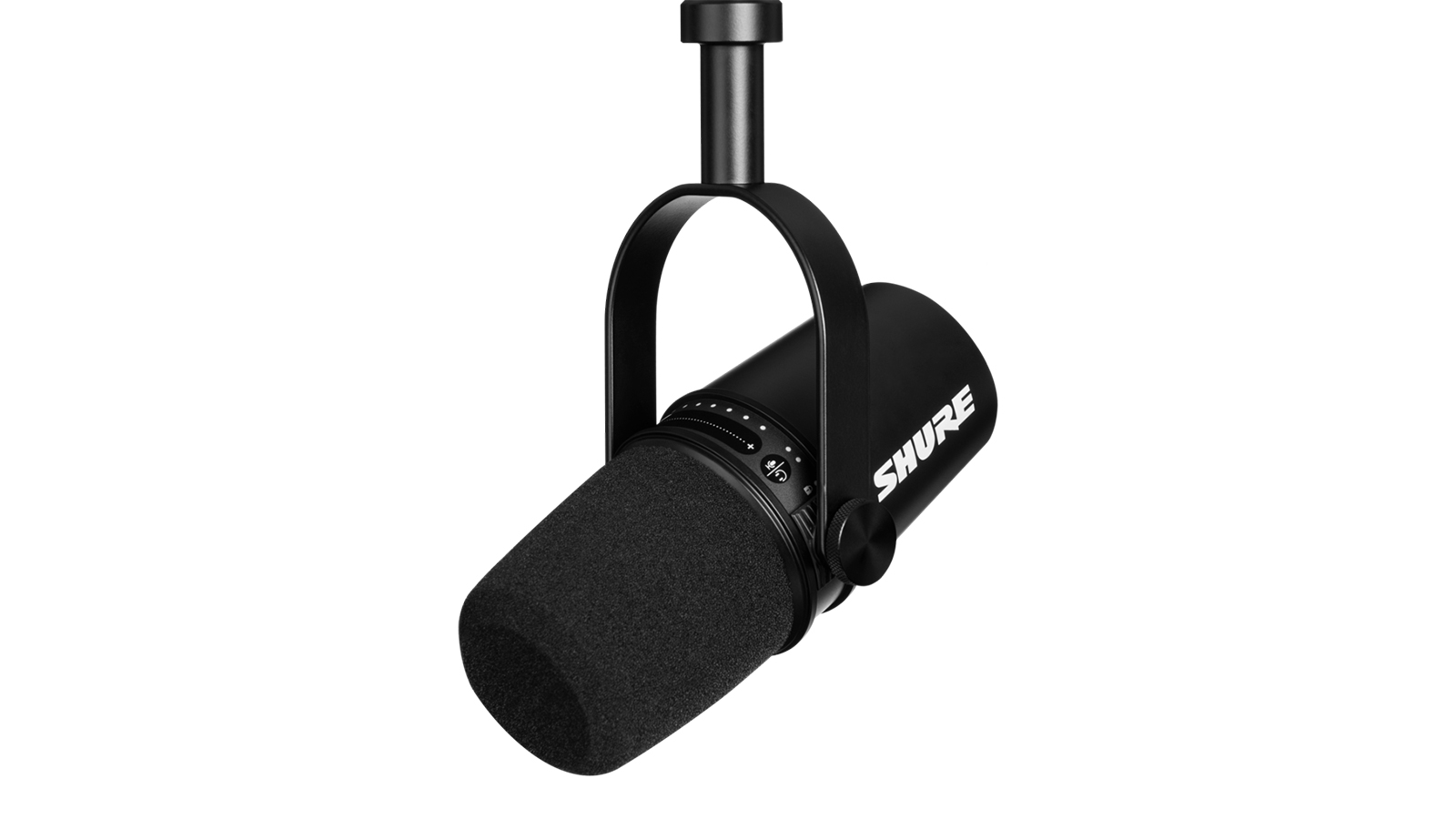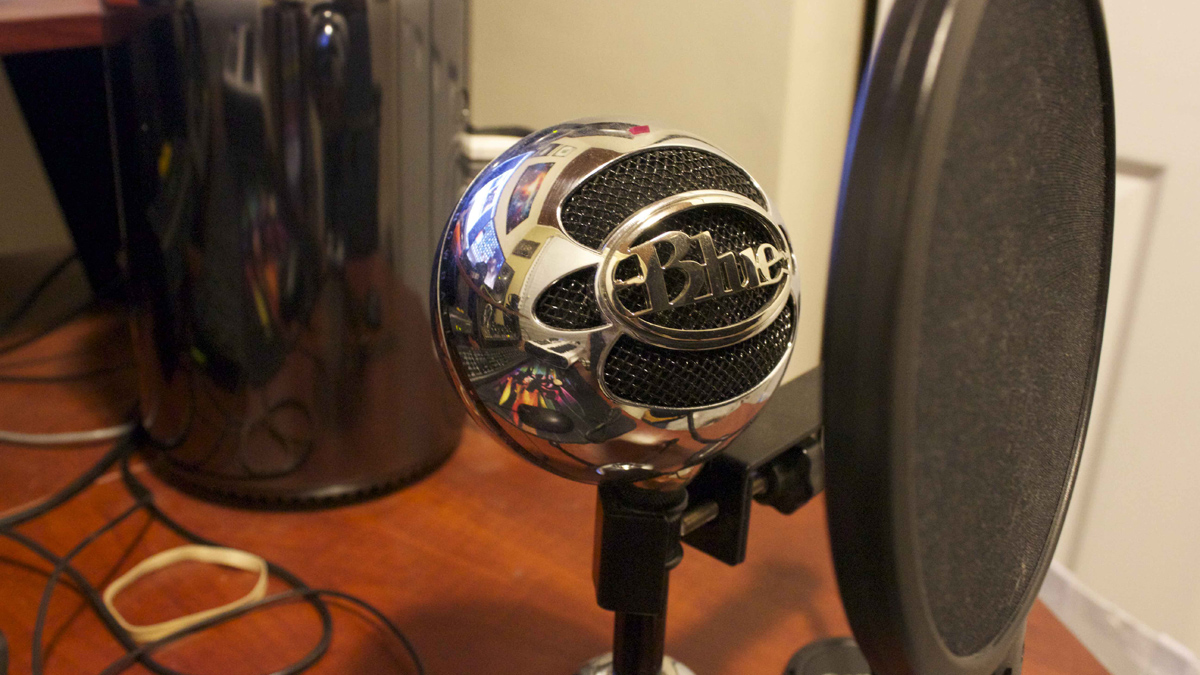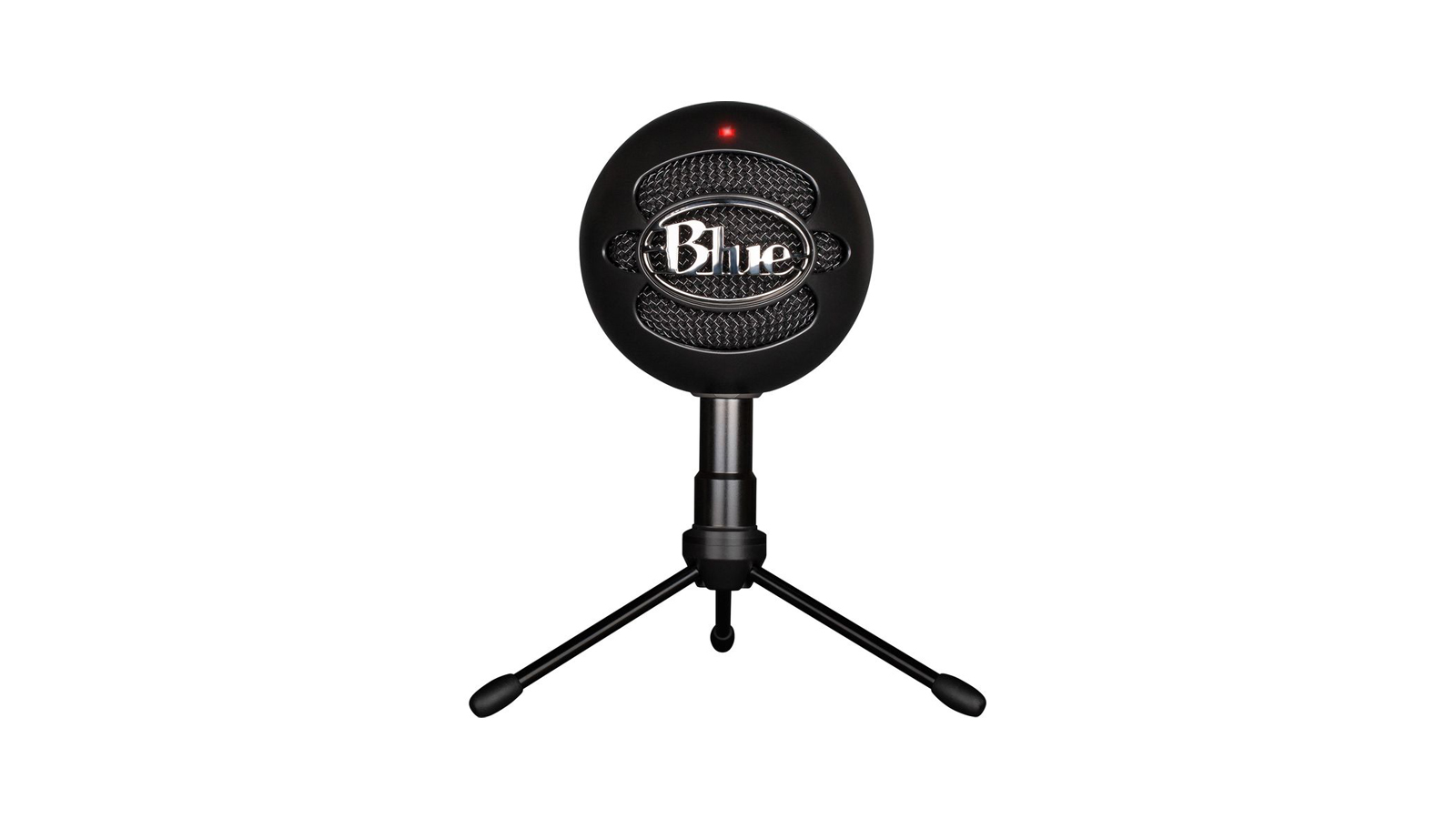MusicRadar Verdict
The Blue Mics Snowball faces a lot of competition in 2021, yet thanks to its low price, simple operation and great recorded sound we can still see it gaining new fans.
Pros
- +
Still great value
- +
Still easy to use
- +
Multiple pickup patterns add versatility
- +
Ideal for streamers
- +
Solid build quality
Cons
- -
Not great for singers
MusicRadar's got your back
What is it?
It seems the tide has turned in the microphone world. Once the poor cousin of the proper studio mic, USB microphones have opened up entirely new markets for brands to go after. In recent years we’ve seen Shure, Rode, Audio-Technica and more join the USB party with a range of microphones all delivering on the basic USP of USB; simplicity. Streamers, podcasters, vloggers and plenty of others who perhaps aren’t as interested in frequency ranges and pickup patterns as traditional studio users can now benefit from simple, easy improvements to their audio quality. But one name is responsible for some of the best budget USB microphones around, and is perhaps better known than others in this world - Blue Microphones. Which brings us to the Blue Microphones Snowball.
As the smallest of the Blue litter, the Snowball is the cheapest way for everyday users to gain a quick and easy boost to their recorded sound quality without requiring any special knowledge. You just plug it in to your computer, your tablet, or even your games console, and it works. Simple. The problem, if it was such a thing, is that in 2021 there exists hundreds of different options which fulfil exactly the same purpose. Now in its 11th year though, the Snowball must be doing something right to still compete against not only the trusted brands we mentioned earlier, but also the other mics in the Blue stable. In this review we’ll take a look at what makes the Blue Mics Snowball still such a popular choice over an XLR microphone - including a space in our guide to the best podcasting microphones - and give some advice so you can decide if this is the right mic for you and your needs.



Performance & verdict
One of the first things you’ll notice about the Blue Mics Snowball, particularly if you’ve ordered it online and haven’t seen one in the flesh, is that it’s actually a touch larger than you might expect it to be. This isn’t a bad thing necessarily; the size and weight give it credibility and mean it’s also less likely to be knocked over. It comes with an adjustable tripod which, despite not having the rigidity you’d expect from a weighted stand, does a good job of keeping the mic in place of your desk. You can, if you’d prefer, connect the Snowball to a more substantial tripod or boom arm too.

At the back of the mic, you’ll find a three-way switch which allows you to choose from the Snowball’s three available pickup patterns. There’s cardioid, which focuses the mic’s attention on the area right in front of it – i.e., you – and rejects audio from off its axis. Secondly, there’s a variation of cardioid, which features a 10 dB pad; this reduces the mic’s sensitivity and means you can get in a bit closer with loud sound sources like guitars or vocals. Finally, the third mode is omnidirectional, which picks up sound from all around the mic. This is perfect for round-table recordings, or quick and dirty band rehearsals. The Snowball doesn’t feature the broadest frequency spectrum, coming in between 40Hz and 18kHz, although for the price you arguably wouldn’t expect more and for the vast majority of users, this will work perfectly well.
The USB connection is also situated at the rear of the mic. A red light appears when you’re plugged in, with all necessary power coming from the computer rather than it requiring a separate power source. The Snowball is class compliant too, meaning it will work equally well with Windows-based PCs and Macs, without requiring specific driver downloads prior to use.

So, who exactly is the Blue Snowball for? As we’ve said, there are plenty of other options out there from well-established brands, so anybody looking for a good quality, simple to use USB mic is spoilt for choice. What the Snowball does, very well, is pack in enough of the stuff that will be genuinely useful to the basic user – switchable pickup patterns, ease of use – and package it together in a stylish, friendly format which delivers superb value for money.
When it was launched, the Snowball was very clearly aimed at emerging podcast producers, but in 2021 we can see these being equally well received by Twitch streamers and YouTubers, not to mention the instant upgrade it would provide for the relentless barrage of Teams and Zoom calls we all now find familiar. It might be small, but this Snowball is mighty indeed.
Want all the hottest music and gear news, reviews, deals, features and more, direct to your inbox? Sign up here.
Hands-on demos
Podcastage
Andy Slye
Autumn Gard
Specification
- Type: Condenser
- Frequency response: 40Hz to 18,000 Hz
- Polar pattern: Cardioid, 10dB pad, Omni
- Sensitivity: 120dB SPL
- Connection: USB
- Weight: 460g
- Contact: Blue Microphones
Chris Corfield is a journalist with over 12 years of experience writing for some of the music world's biggest brands including Orange Amplification, MusicRadar, Guitar World, Total Guitar and Dawsons Music. Chris loves getting nerdy about everything from guitar and bass gear, to synths, microphones, DJ gear and music production hardware.

